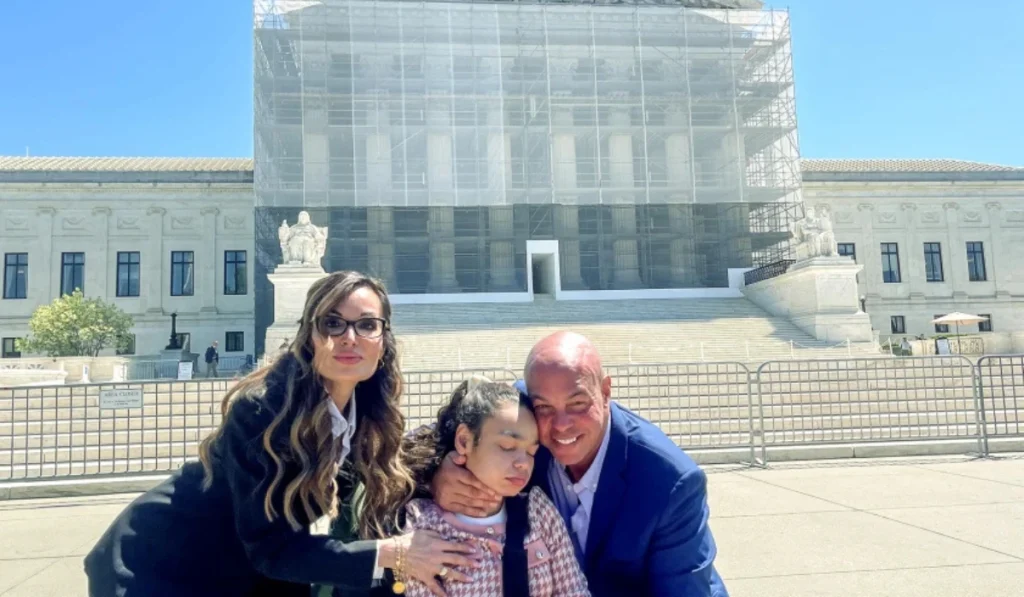For countless parents and educators across New York and beyond, the recent unanimous decision by the U.S. Supreme Court in A.J.T. v. Osseo Area Schools represents more than just a legal victory; it’s a critical step towards genuine equity for students with disabilities. On Thursday, the highest court dismantled a significant hurdle, making it easier for families to seek remedies when educational institutions fail to provide appropriate accommodations under the Rehabilitation Act of 1973 and the Americans with Disabilities Act of 1990 (ADA).
Navigating the intricate and often frustrating landscape of special education has been an uphill battle for families. The very notion of proving “bad faith” or “gross misjudgment” on the part of a school, as was previously required in some circuits, felt like an insurmountable obstacle. It implied that only malicious intent, rather than systemic oversight or plain old indifference, could warrant a discrimination claim. This ruling decisively rejects that notion.
In his majority opinion, Chief Justice John G. Roberts Jr. articulated the Court’s stance: “We hold today that ADA and Rehabilitation Act claims based on educational services should be subject to the same standards that apply in other disability discrimination contexts. That our decision is narrow does not diminish its import for A.J.T. and a great many children with disabilities and their parents. Together, they face daunting challenges on a daily basis. We hold today that those challenges do not include having to satisfy a more stringent standard of proof than other plaintiffs to establish discrimination” under these vital federal laws. This isn’t about opening the floodgates to frivolous lawsuits; it’s about leveling the playing field and ensuring that the rights enshrined in these acts are truly enforceable.

The case at the heart of this landmark decision is that of Ava Tharpe, a young student from Minnesota living with Lennox-Gastaut Syndrome, a severe form of epilepsy. Ava’s story is a familiar one to many families: a change in school districts brought unforeseen challenges in securing the essential educational accommodations she needed to thrive. Her battle, and now her victory, illuminate the systemic barriers that many students with disabilities encounter daily. In such cases, the previous requirement for a heightened standard of proof effectively shielded some schools from accountability, leaving families feeling powerless and their children underserved. This decision fundamentally shifts that dynamic.
As an African-American writer, I’ve seen firsthand in our communities how critical every avenue of support is for our children. For Black and Brown families, who often face additional layers of systemic inequity, the burden of proving discriminatory intent can be cumbersome. This ruling offers a much-needed breath of fresh air, providing a more straightforward path to justice when our children’s educational needs are neglected. It’s about ensuring that the promise of a Free Appropriate Public Education (FAPE), guaranteed under the Individuals with Disabilities Education Act (IDEA), is not just a concept but a lived reality, and that the civil rights protections of the ADA and Rehabilitation Act truly serve as a backstop against discrimination.
This decision resonates deeply with the core principles of the Rehabilitation Act of 1973 and the Americans with Disabilities Act of 1990. These federal laws were enacted to prohibit discrimination against individuals with disabilities in all areas of public life, including employment, transportation, public accommodations, communications, and access to state and local government programs and services.
For students, Section 504 of the Rehabilitation Act and Title II of the ADA ensure they receive an equal opportunity to participate in and benefit from school programs and activities. The Supreme Court’s ruling reinforces that these protections should not be watered down simply because the discrimination occurs within an educational setting.
What does this mean for our community? It means that parents, armed with this strengthened legal precedent, can approach school districts with renewed confidence, knowing that the bar for accountability has been lowered to a more reasonable and equitable level. It means that educators who champion inclusive practices will find their efforts supported by a more transparent legal framework. It means that the challenges faced by students with disabilities, often rooted in apathy or lack of understanding rather than overt malice, can now be addressed more effectively through legal channels if necessary.
The American Association of People with Disabilities (AAPD) celebrated this ruling, stating it “sends a strong message that schools must be held accountable under all applicable federal disability laws.” This sentiment is echoed by disability advocates nationwide, who see this as a vital step towards ensuring every student receives the support they need to succeed in school.
The fight for true educational equity is ongoing, but with this decision, the landscape has undeniably shifted in favor of our most vulnerable students. It’s a powerful reminder that even if sometimes slow, justice can prevail, opening doors to brighter futures for all.




